Being “down to Earth” is a good thing, but not when you’re talking about a recently launched spacecraft. Astrobotic Technology’s spacecraft started to lose fuel shortly after its launch on Jan. 8th, 2024, forcing the private company to give up on what would have been a historic moon landing.
Astrobotic Technology had been aiming for a lunar landing on Feb. 23, which would have been the first moon landing by an American private company and the first U.S. landing in over 50 years.
The spacecraft was not carrying any living passengers, only the cremated remains of people, including Star Trek creator Gene Roddenberry and science-fiction author Arthur C. Clarke in an attempt to pay them a permanent tribute for their work, according to the Washington Post. However, because of the circumstances, Astrobotic released a statement saying that “Given the propellant leak, there is, unfortunately, no chance of a soft landing on the moon,” so the decision was made to bring the spacecraft back down to Earth.
The spacecraft called Peregrine began losing fuel approximately seven hours after its launch from Cape Canaveral Space Force Station. It is believed to be caused by a ruptured tank. PBS reports that the lander was also already having trouble keeping its solar panels pointed toward the sun in order to collect solar energy.
Astrobotic’s website reported on Jan. 12 that the Peregrine made it to lunar distance, 238,000 miles from Earth. On Jan. 13, the company stated that the spacecraft was on its trajectory back towards Earth.
Astrobotic went on to say on Jan. 19 that, “This afternoon Astrobotic received independent confirmation of Peregrine’s safe, controlled reentry yesterday in the South Pacific.”
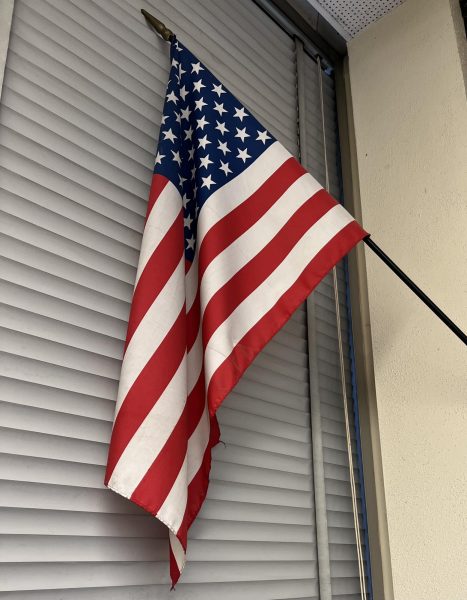
Astrobotic Technology, more often referred to as Astrobotic is an American private company founded in 2007 by Carnegie Mellon University professor Red Wittaker. The company develops robotic technology for lunar missions. One of their two landers (a spacecraft designed to land on the surface of the moon), the Peregrine, is “the first U.S. commercial lunar lander to operate in space,” according to Astrobotic’s website.
“In terms of the physics behind landing people on the moon, the largest expenditure of energy will be escaping the Earth’s surface. The gravitational force near the surface of the Earth is quite strong but weakens exponentially the farther you are away from the Earth,” says Mr. Adam Lopez, the AP Physics teacher here at Millikan. “All that’s necessary is to have an engine that can provide a large enough force to accelerate the vessel. The solar panels of the spacecraft are critical as they power many of the systems that allow for plotting the course for the moon,” Lopez adds.
“Ad luna per aspera,” the Astrobotic wrote in their final update on the Peregrine’s mission, meaning ‘through hardships to the stars.’ They stated that they look forward to their next mission to the moon with their other lander, the Griffin.





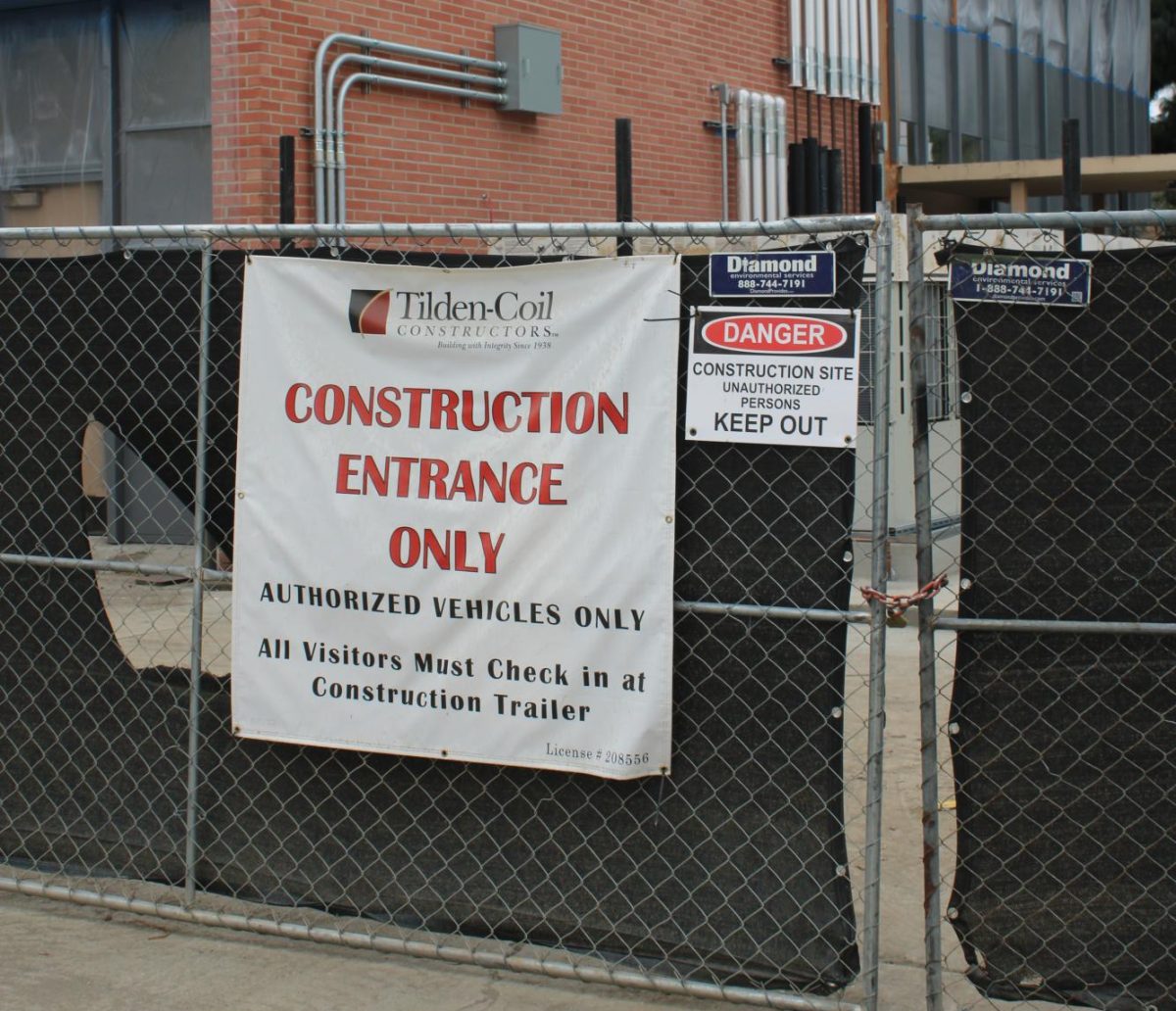


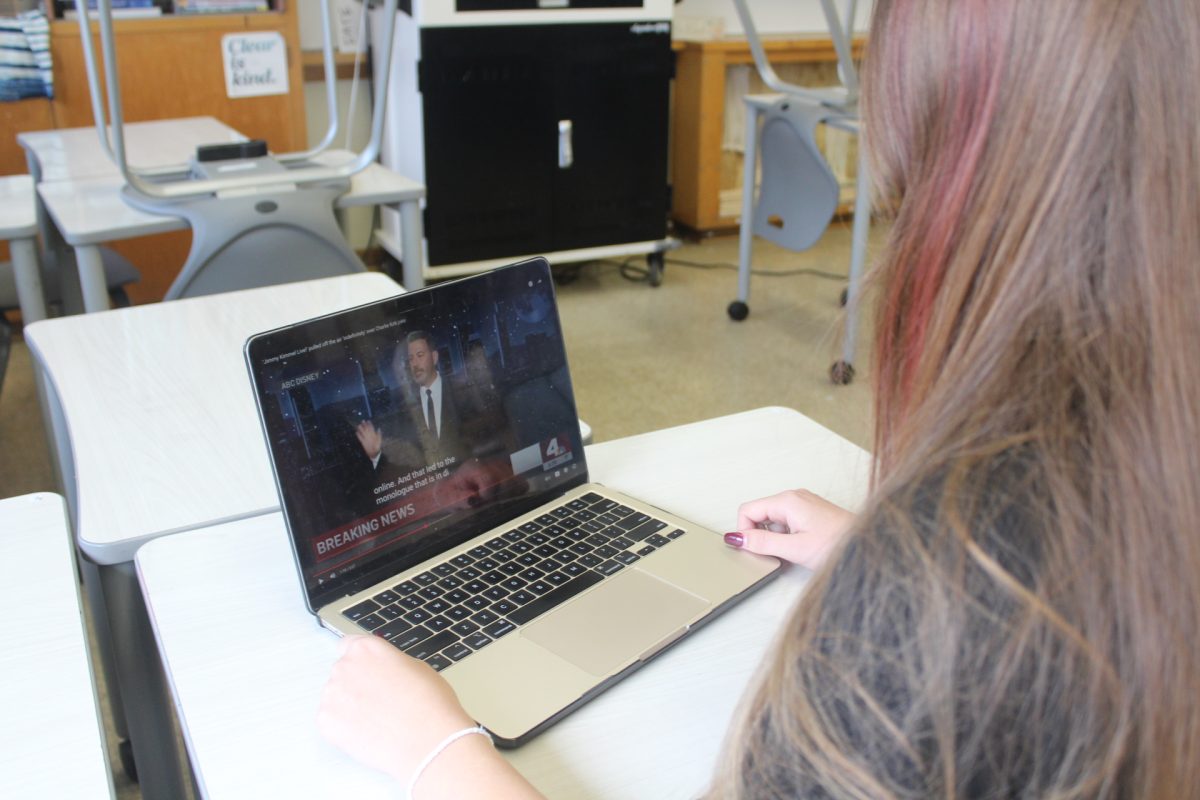


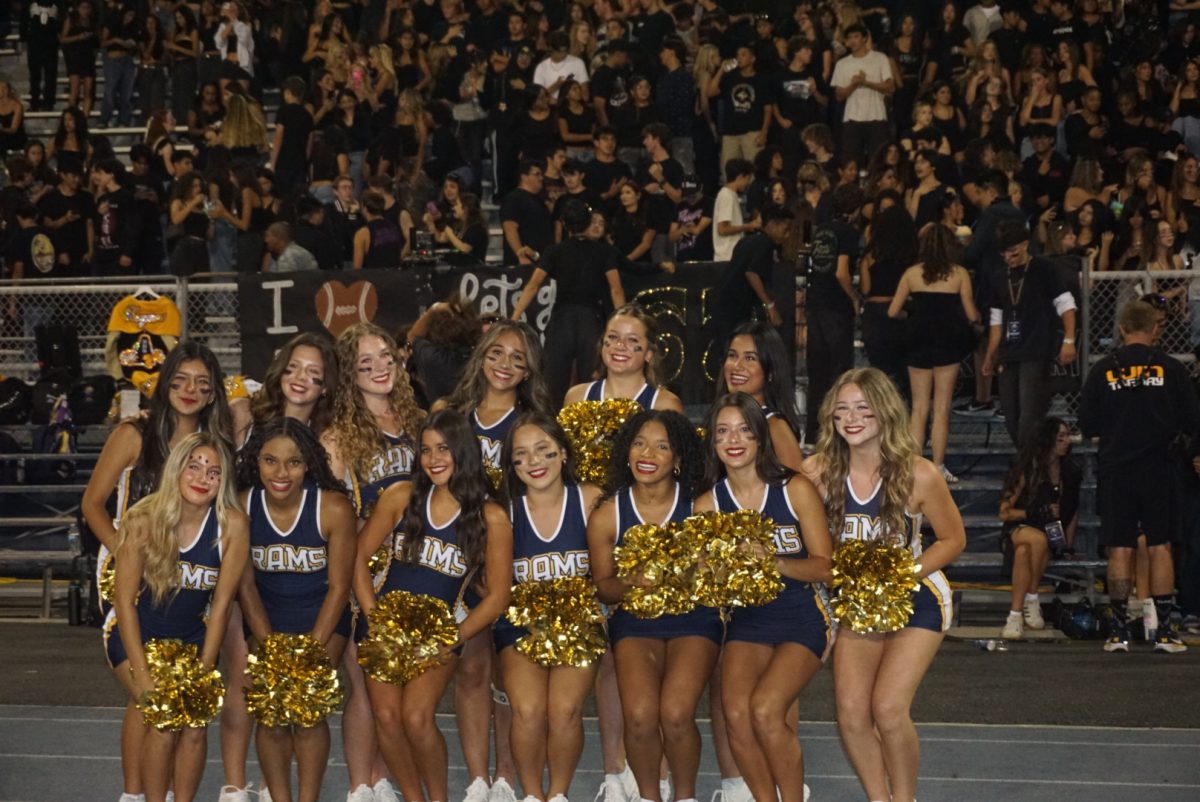
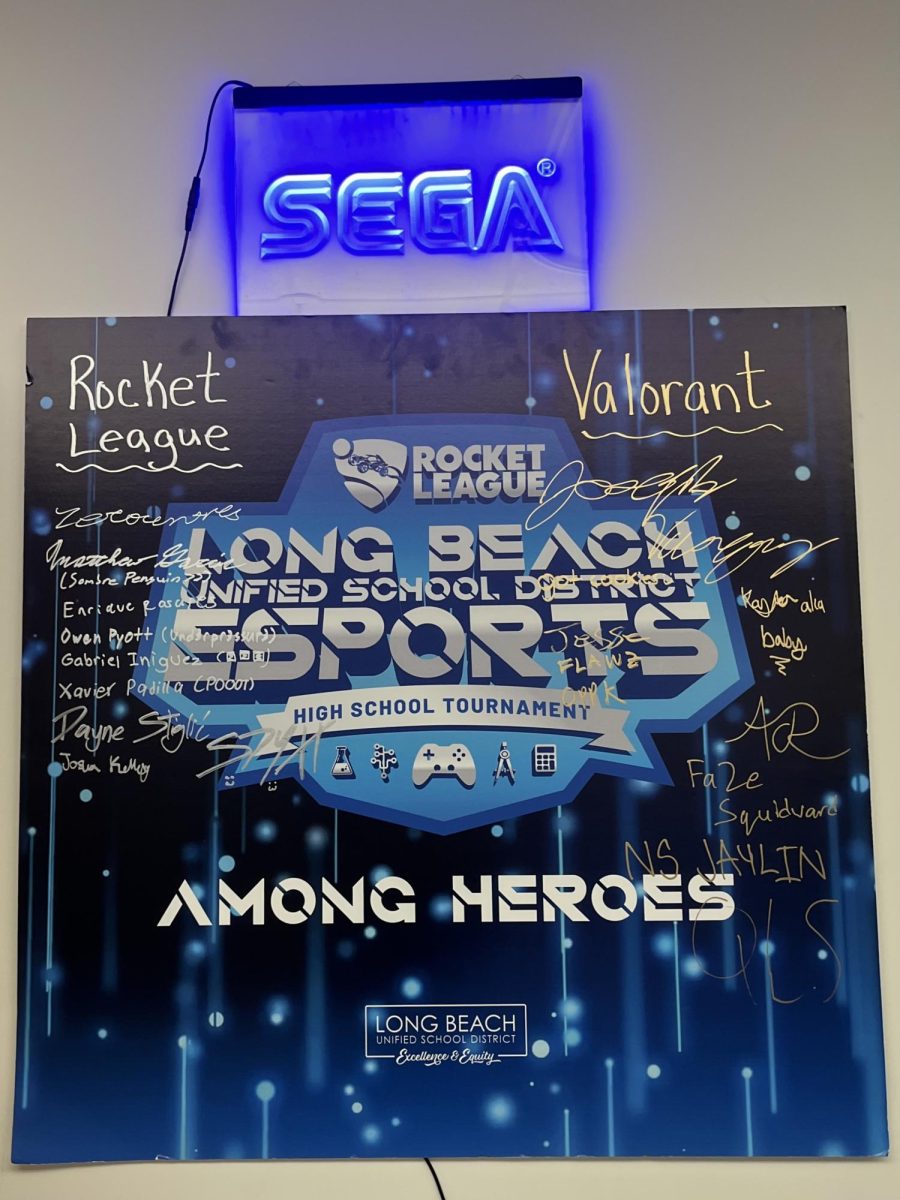
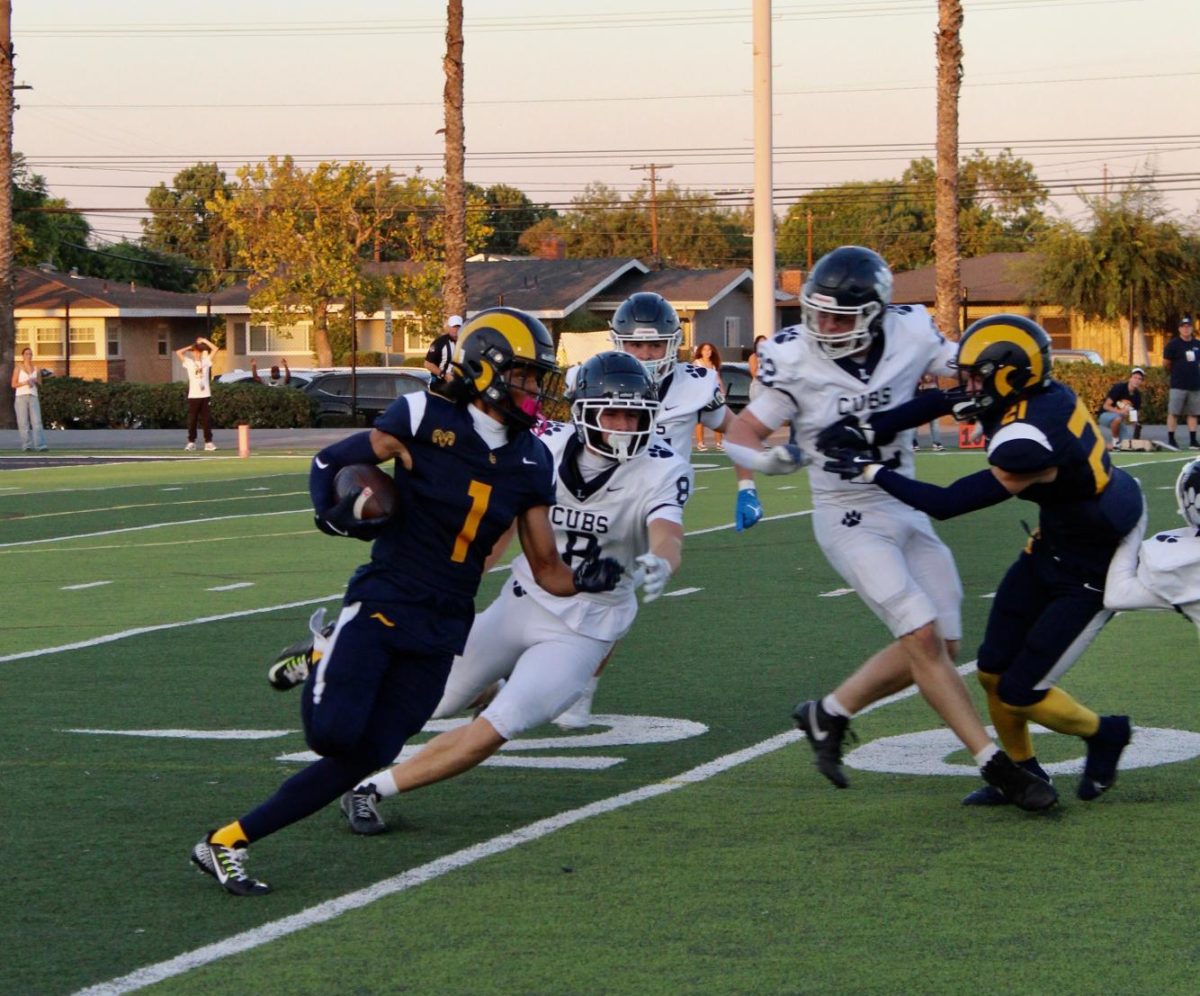


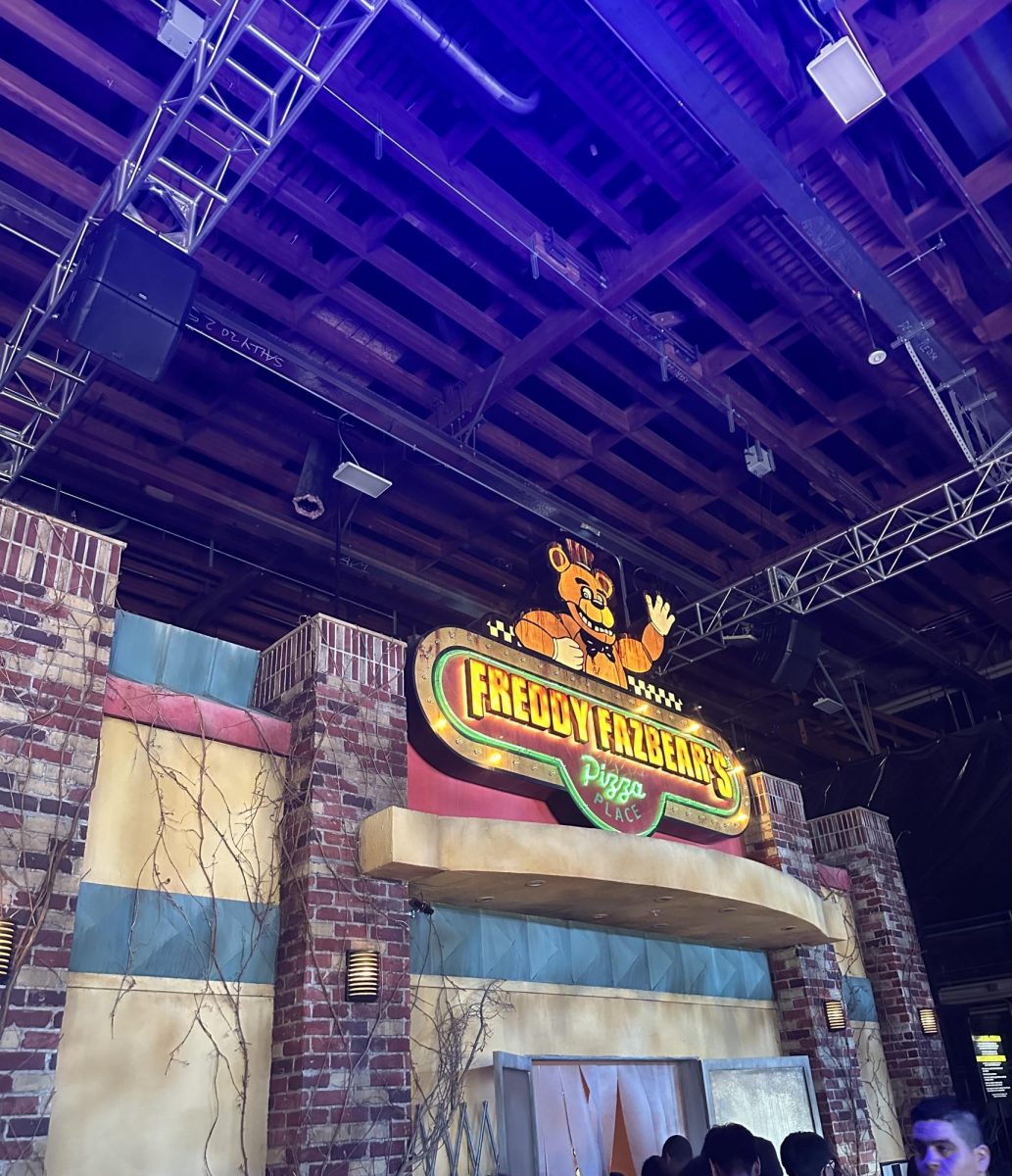



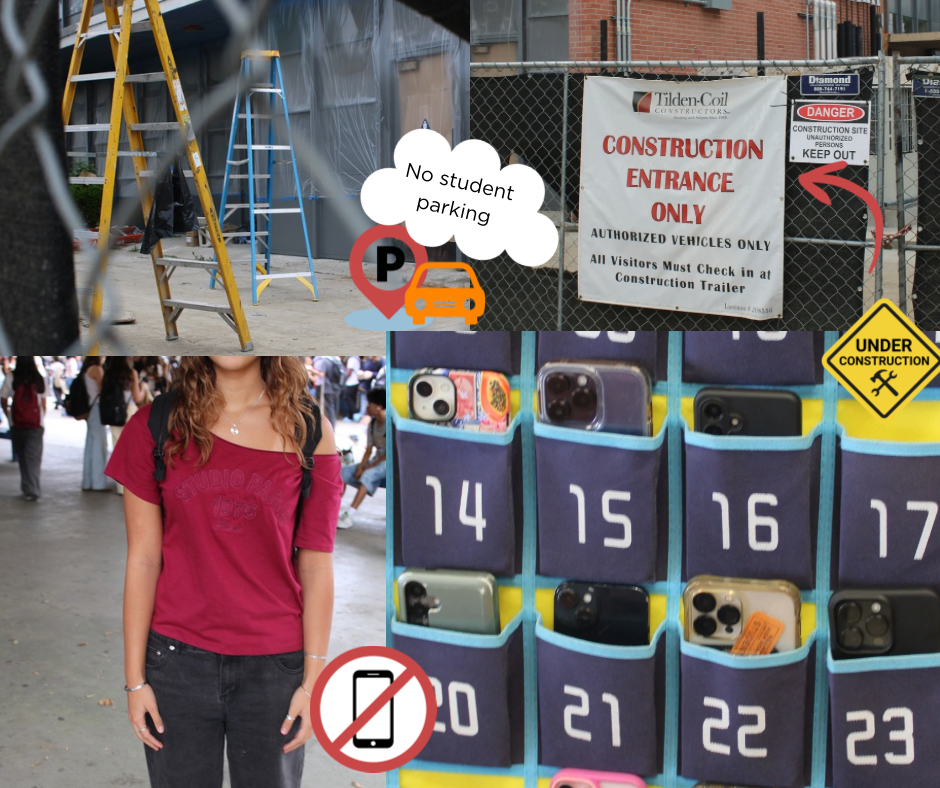


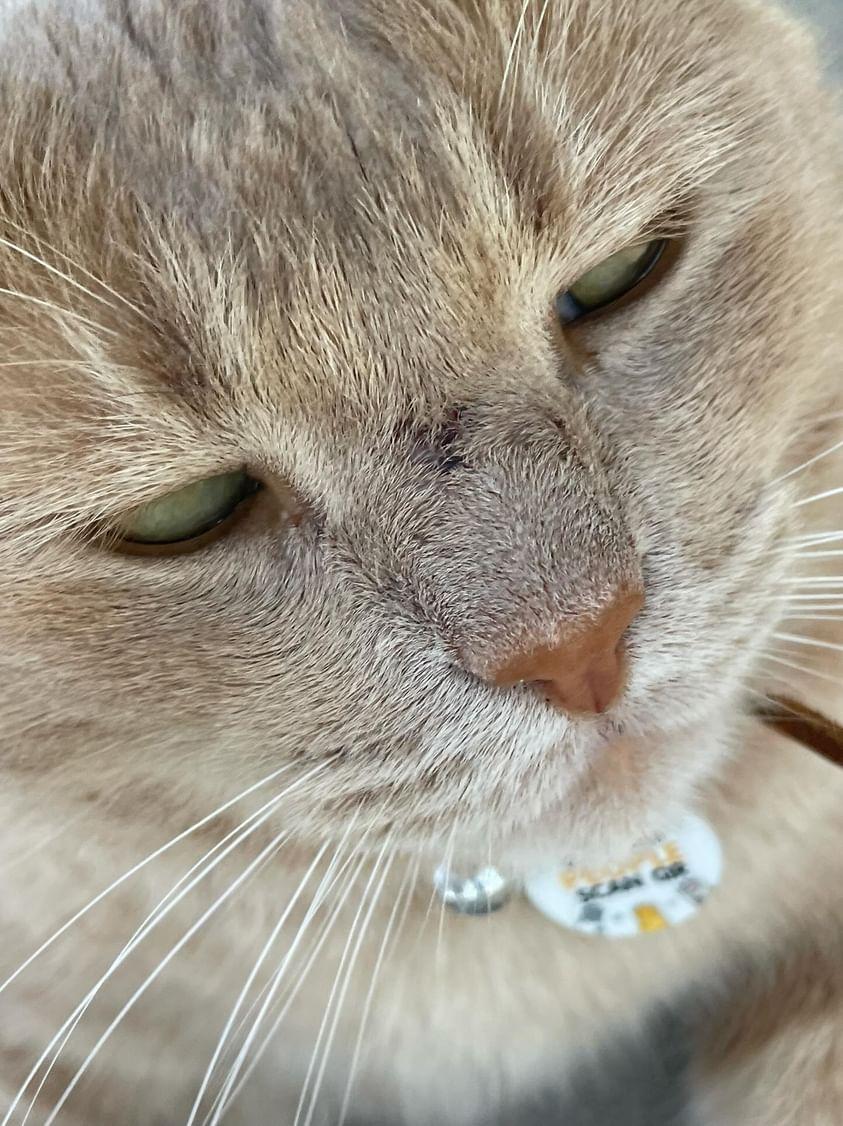

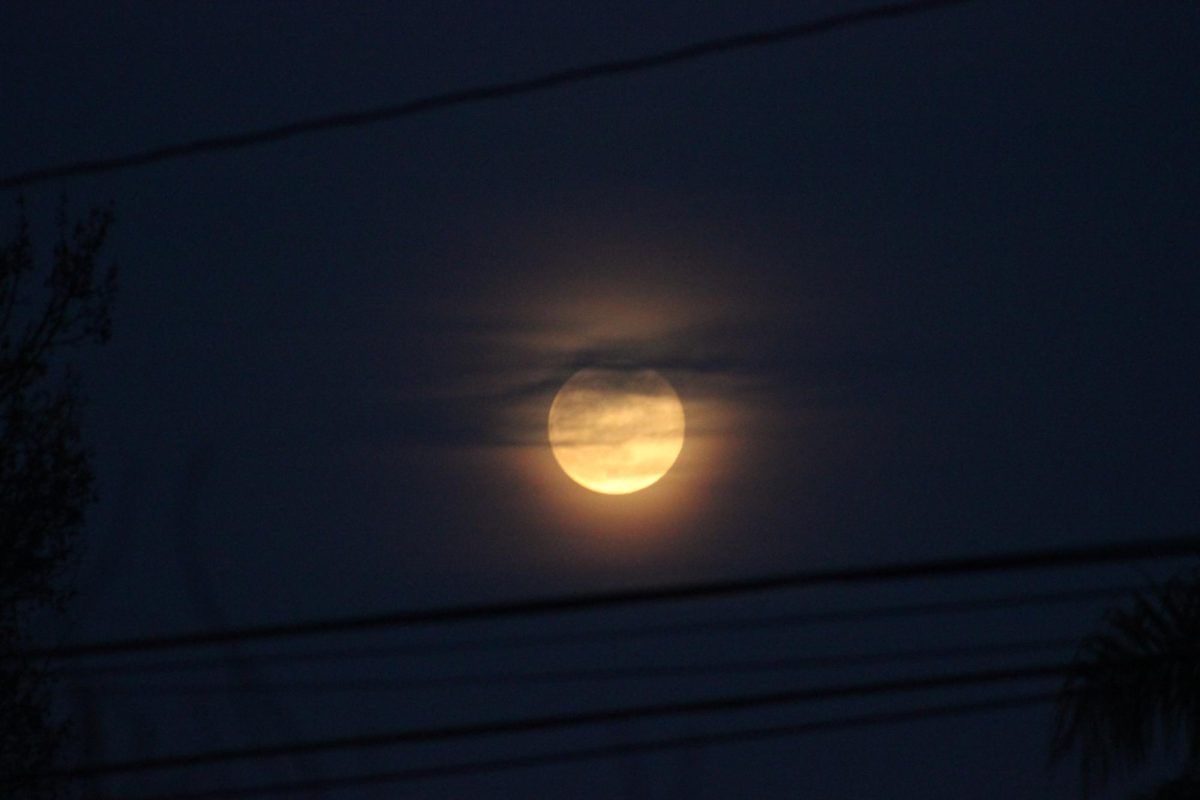

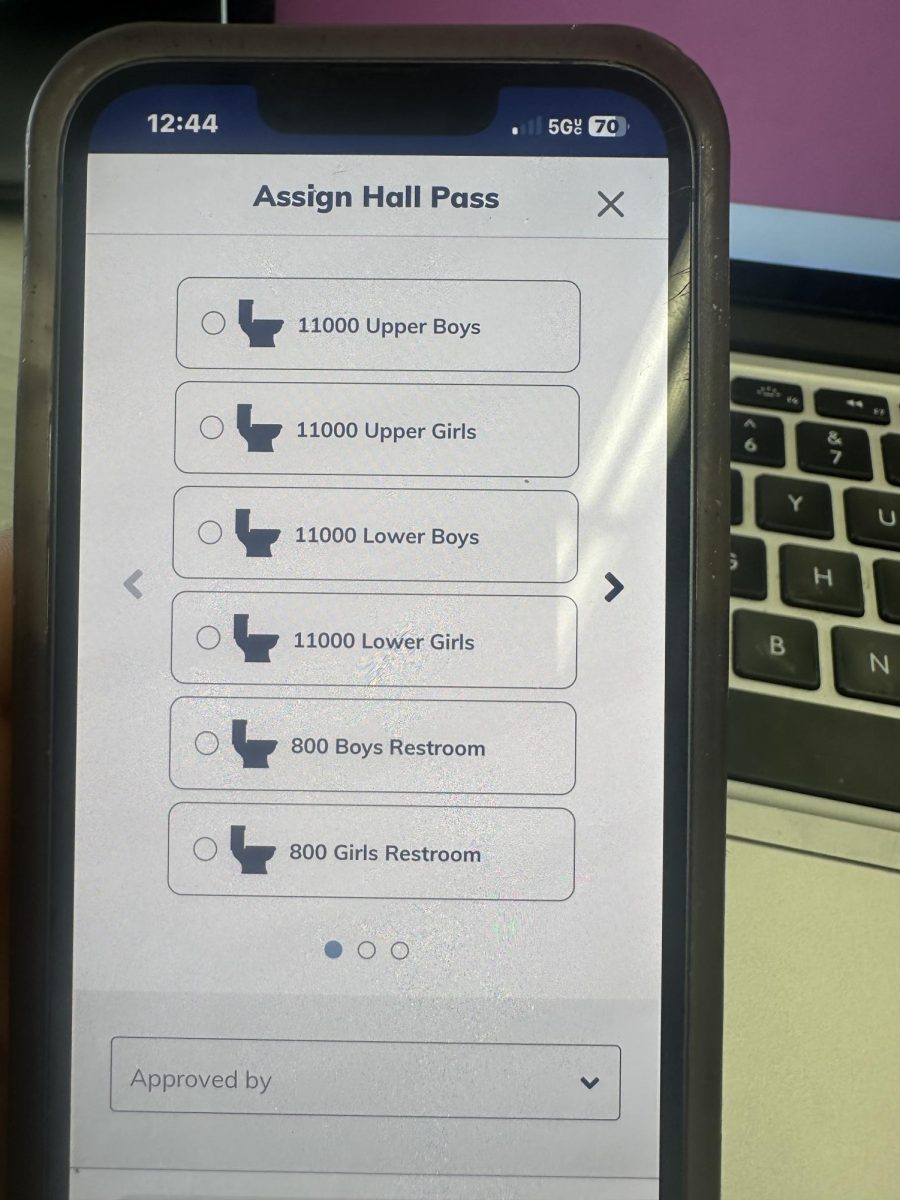
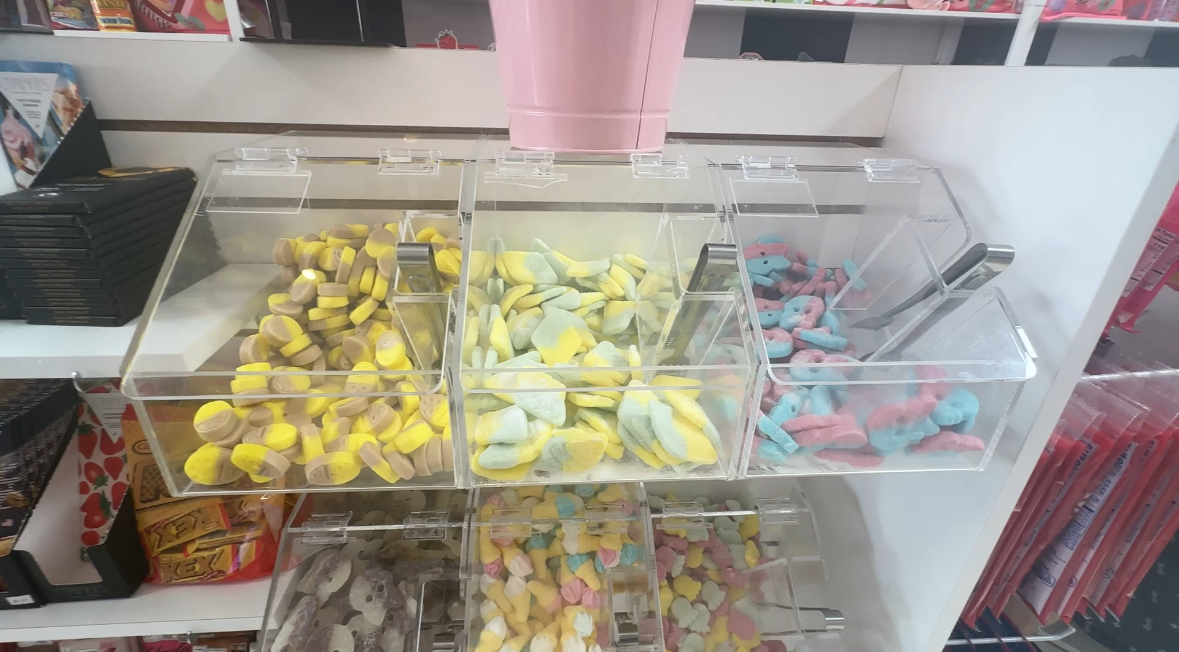





Jonathan Kelly • Mar 20, 2024 at 9:37 am
I remember first hearing the news about the Astrobotic’s landing attempt when I was at the dentist for a checkup. I always wanted an update on how it went, but I didn’t find anything on social media and I don’t personally care for the news. So after a few days I forgot about the attempt, so it made me happy to see that there was an article on the landing attempt so that I could finally learn what happened.
It was a bit sad to read that the attempt had failed, especially concerning how excited people were about the attempt. At the least the attempt made it to the lunar distance, which while not as exciting as landing directly on the moon, is still something to celebrate. I also enjoyed that there was an interview with our AP Physics teacher, Mr. Lopez, as I am currently in his class and have fairly recently done a unit that heavily featured gravity and orbits.
With how well the Peregrine’s attempt was, even with the fuel leak, I am excited to see how Astrobotic will improve their designs for another go around with the Griffin. Hopefully, they’ll have more luck the next time they try.